There tomato puree it is the favorite home-made conserve of Italians. This vegetable is the most cultivated in domestic gardens, and gives abundant productions. Precisely for this reason, it is necessary to transform part of the harvest for the winter months. Making the sauce it is in fact a heritage of our peasant tradition, the preparation, once upon a time, was a real ritual, which brought together families in the summer months. This culinary tradition has been handed down over time and today there are different techniques and equipment to make it.
In this article we explain how to make tomato puree at homewith a few simple tools and for a limited quantity of tomatoes.
This basic tomato puree recipe can then be applied on a larger scale. It depends a little on your productions.
Which tomatoes to pick for the puree
Picking tomatoes at the right degree of ripeness is important for the success of the tomato sauce. The plants of our garden produce in a scalar way, so the harvest is done over a long period of time. When we realize we have a certain number of ripe tomatoes that must be harvested, it is the right (and inevitable) time to make the sauce. Of course, we don’t all grow the same tomato varieties. The classics for the sauce are San Marzano and its derivatives, with low and bushy plantations. This type is suitable for sauce as it has a rich pulp and few seeds. However, you can also make puree with salad tomatoes. The yields will be different, but the flavor will, in many cases, also be superior.
Piccadilly
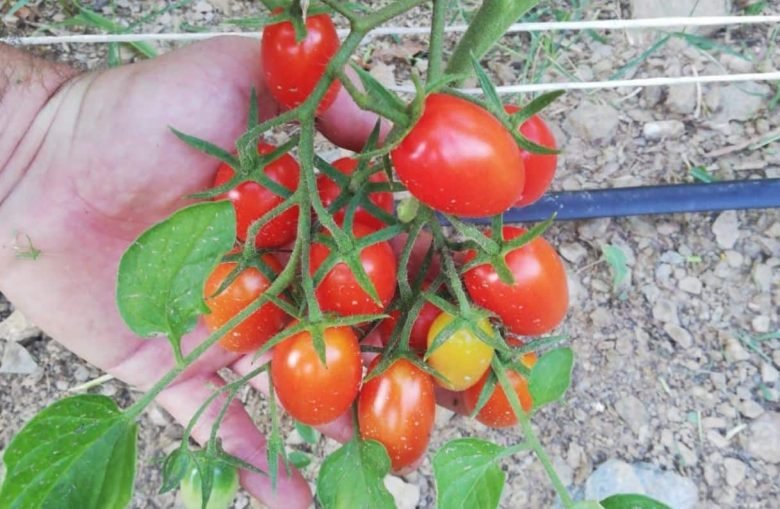
For our tomato sauce we used Piccadilly, a medium sized tomato, very sweet and juicy. It has an excellent yield, lasts a long time on the plant, needs little water and tolerates heat well. It is a tomato similar to cherry or datterino, in their red, yellow and striped variants. We have collected 7.5 kg when ripe, which will be the basis of our past.
The tools for making tomato puree
To make tomato puree at home, we need kitchen space. Specifically, the tools we will use are:
Clearly this first step makes us understand the size of the preserve. If we had to process 100 kg of tomatoes, it would have taken larger spaces and outside. We would also have used more professional tools, such as i cookers And electric tomato press.
- Sterilized jars
- Pot and vegetable mill
How to make tomato puree step by step
As a preliminary operation to the tomato puree we sterilize the jars in the oven at 150 ° C for 20 minutes. Then we wash the tomatoes in the sink, eliminating the dust and eventually the stalks well. Already at this stage, we can discard any rotten or too green tomatoes, which absolutely must not end up in the preserves. After having drained them well, we organize ourselves for cutting, filling the pot that will be used for cooking. The cut can be rough, the important thing is the waste, that is the elimination of damaged or green parts. We would like to emphasize this because the green or rotten tomato that ends up in the cooking pot increases the acidity and therefore risks making the bottles burst.
- Washed and drained tomatoes
- Cut tomatoes
Cooking tomatoes
Now put the pot with the tomatoes on the fire. Do not worry if you fill the pot to the brim, with cooking the tomatoes lose volume and fall. Start on medium heat. In this first phase, you have to work with the wooden scoop, to crush the tomatoes and above all to prevent them from sticking underneath. It is at the very beginning of cooking that tomatoes are easiest to burn. After a while the fruits begin to lose water and soften. The water itself begins to boil. From now on, you have to calculate 60 minutes over medium-low heat. Continue to turn regularly, the tomato sauce must be accompanied. At this stage, many add other ingredients, such as basil, onion, chilli, oregano, extra virgin olive oil, salt. We will make a pure pass, but if you want, you can indulge yourself and add at will. In the end your result will be a ready-made and already flavored sauce. The cooking of the tomatoes ends after the time has elapsed, that is when they are well flaked. The cooking time may vary, there are harder tomatoes, others softer, so take a good look. Our Piccadillys are cooked beautifully and seem to have a nice pulp.
- Beginning of cooking the passata
- Tomato puree in cooking
- Cooked tomato puree
The tomatoes passed through a vegetable mill
At this point, we are ready for the real tomato puree, with processing in a manual vegetable mill. Organize yourself with another pot large enough to contain the sauce and put the tool down. Approach the saucepan and fill the blender with a ladle. The tour of the vegetable mill is very pleasant, even if a little laborious. The drawback is that, after each filling, the waste must be cleaned by the main gear. In short, you will waste time on it. The waste is the seeds and the skin of the peel, which the mesh of the mill retains. If you don’t like the tomato seeds in the purée use a very tight mesh, so that only the pulp passes through.
Scraps are great for chickens or for compost. Those that end up in our compost will be able to give life to seedlings the following season, a good deal to start the new garden.
- Tomato puree ready for processing
- Tomato puree in a narrow mesh vegetable mill
- Tomatoes passed through a vegetable mill
- Peel and seeds of the puree
Shrinkage of tomato puree
At this point our tomato puree is almost ready. Combine the tomato sauce in a single pot and put a little more on the stove. This further step is to remove some residual water. Usually “salad” tomatoes release more water, so they need to be shrunk better. In our case, we brought it back to the boil and cooked for about 15 minutes.
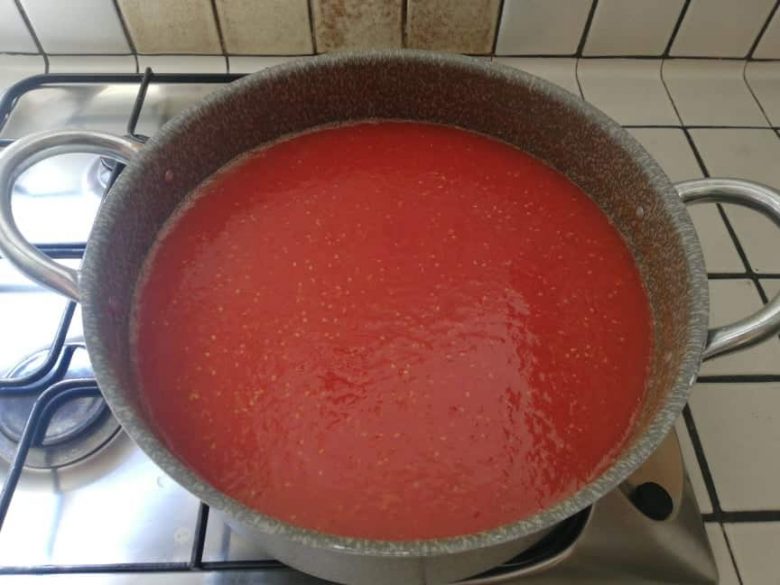
Ready tomato puree
Filling and closing of the jars with the pass
Let’s now proceed to fill the jars with our still steaming tomato sauce. We bring, with the jars already in place, a small ladle and a funnel.
We fill the jars to the brim, leaving at least 1 cm from the mouth. To close the jars we always use new caps, it is a very important thing for the good maintenance of preserves in general. We close firmly, making sure that the cap is not defective, which sometimes happens. Better to throw a cap, than to avoid doing damage to the boil
- Jars, funnel and puree
- Filling of the jars with the puree
- Jars full of tomato puree
Boiling of the jars with the puree
As per tradition, the jars with the tomato puree are put to boil in a nice pot. We used a larger and lighter one. We place an old cloth in the pot with warm water, which we will need to avoid breakage. We then arrange the jars in an orderly manner, that they are nice tight together. It is possible that the space is insufficient to hold all the boiling, so we will have to make two boils or use another pot. From the moment the water starts to boil we let 30 minutes pass. The boiling is used to create the vacuum that will preserve the past for a long time. Let it cool for a few hours and then keep everything in the pantry.
- Put the tea towel in the water
- Insert the jars into the tea towel
- Cover the jars with the tea towel
Is it better to make tomato puree at home?
Well, we’ve come to the end of our tomato puree recipe. Let’s do the math and then see how much our tomatoes made in sauce. For the realization we used 7.5 kg of Piccadilly tomatoes, obtaining 18 jars of 314 ml. Therefore, more than 5 liters of puree. An excellent yield in our opinion, considering a home-made job of about 2 hours. Your tomatoes prepared in this way can be stored in the pantry for at least 12 months. The important thing is not to let it take heat or too much humidity. The format we have chosen is that of a sauce for a simple and quick pasta, but which can also be used in many other ways, for example with a little fish, for a pleasant soup.

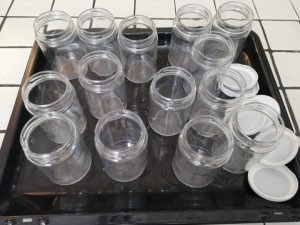
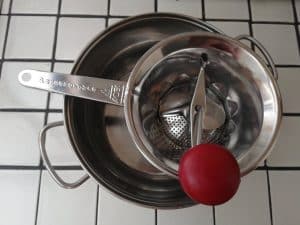
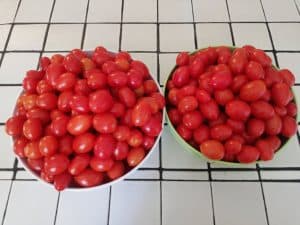
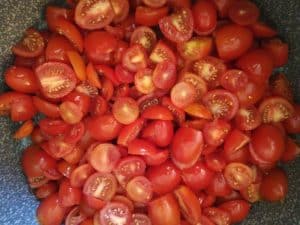
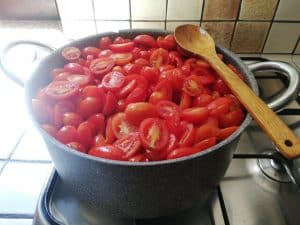
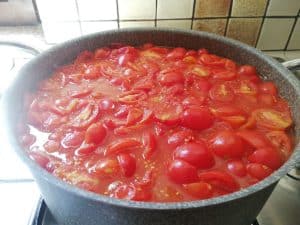
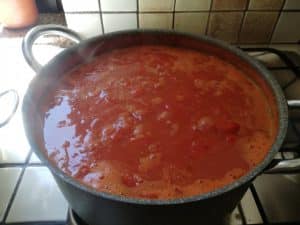
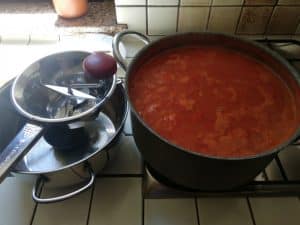
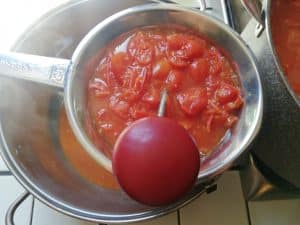
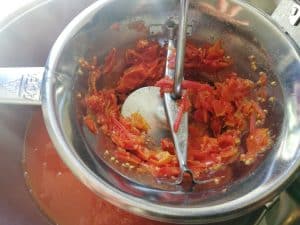
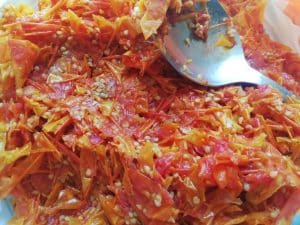
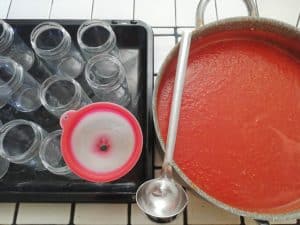
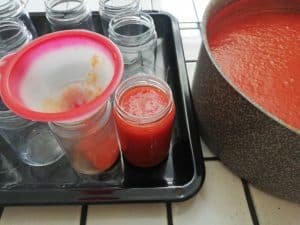
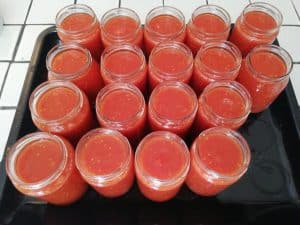
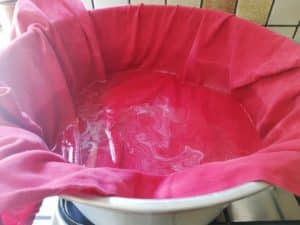
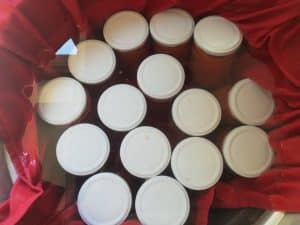
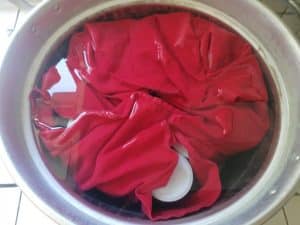
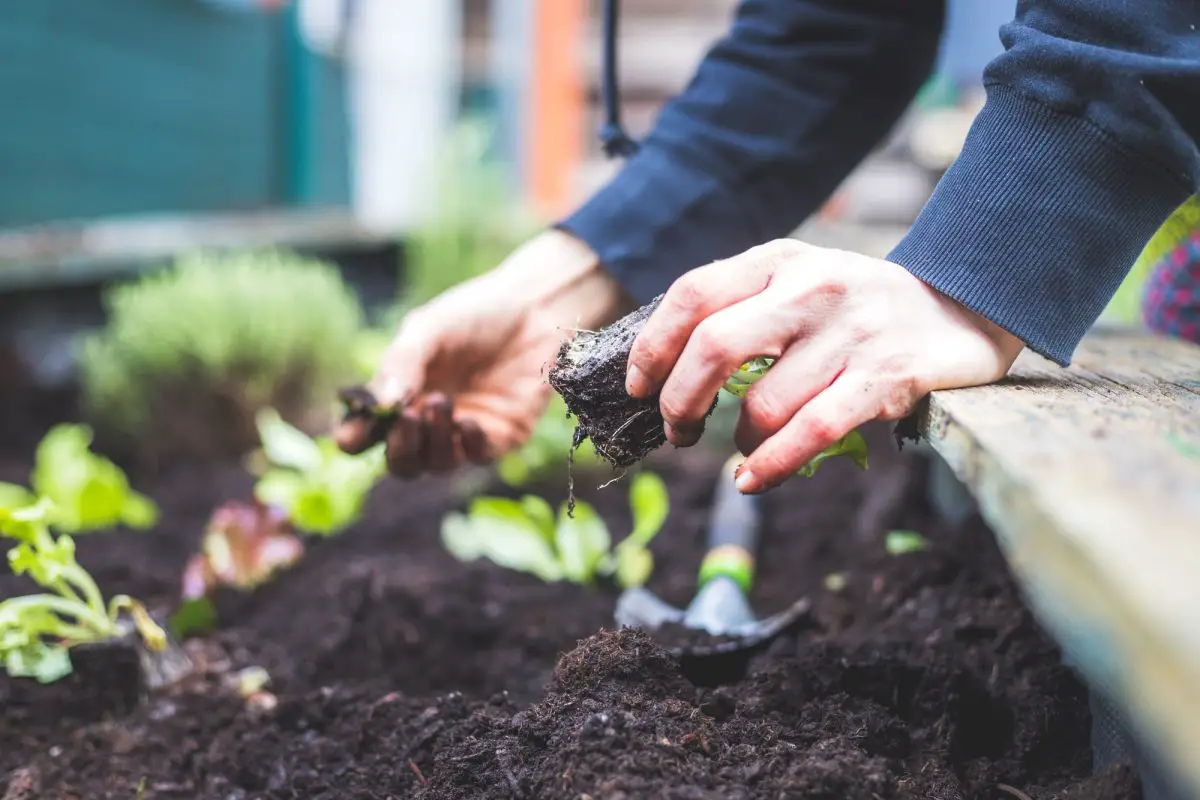
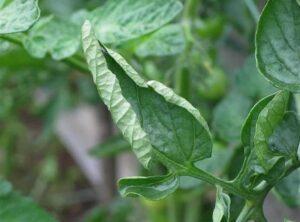
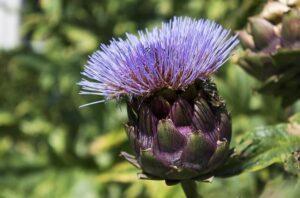
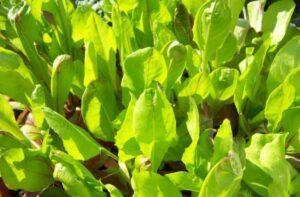
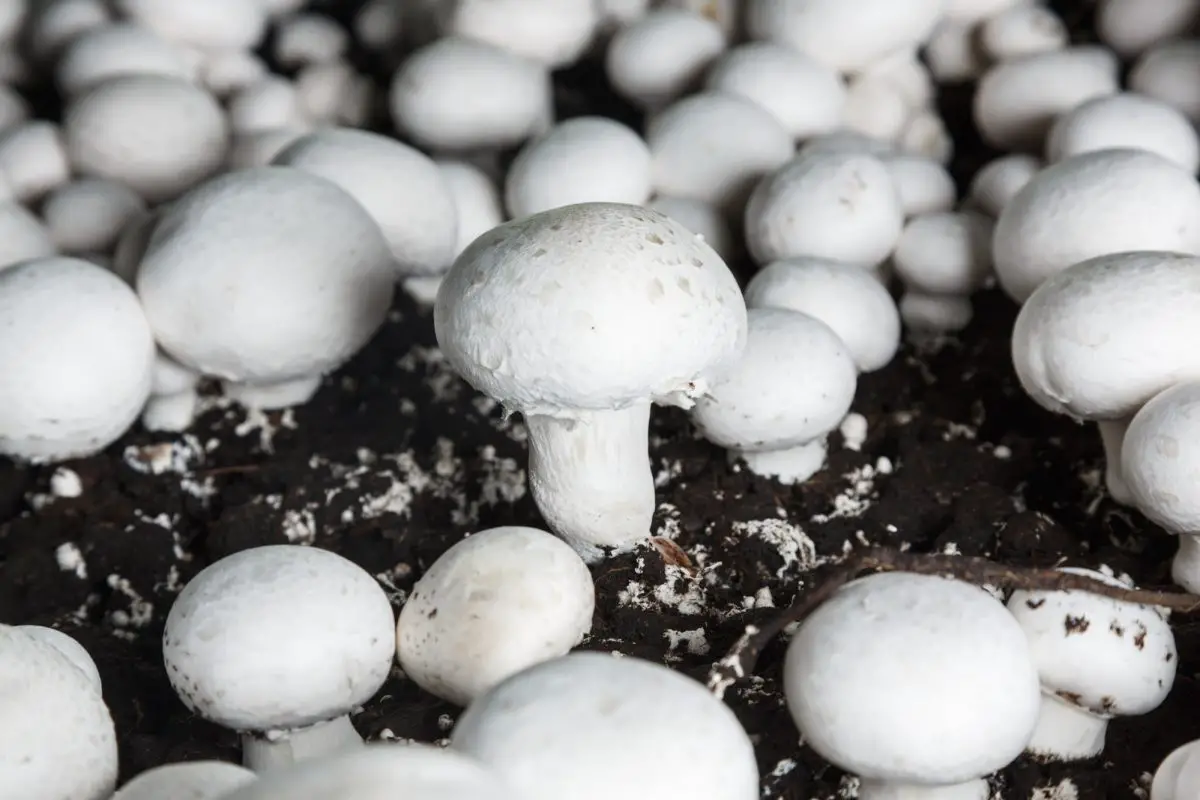
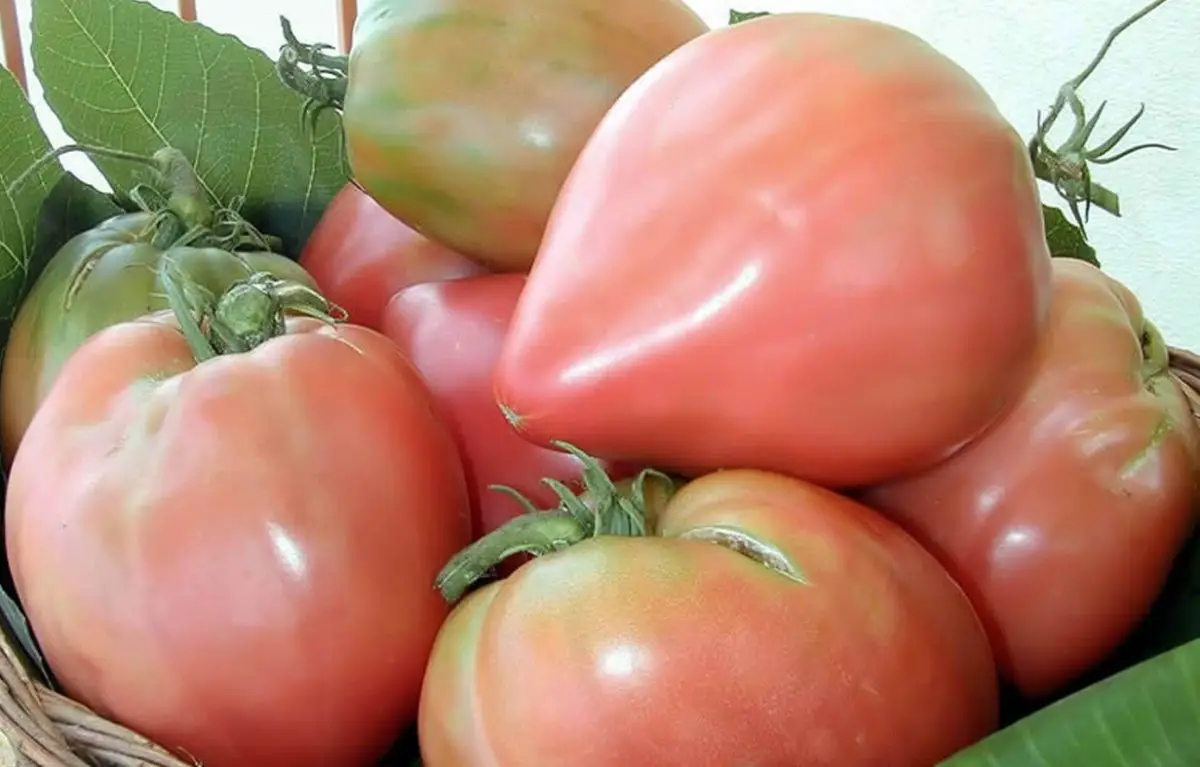
Start a new Thread